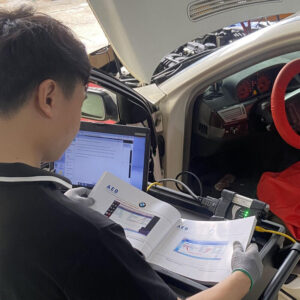
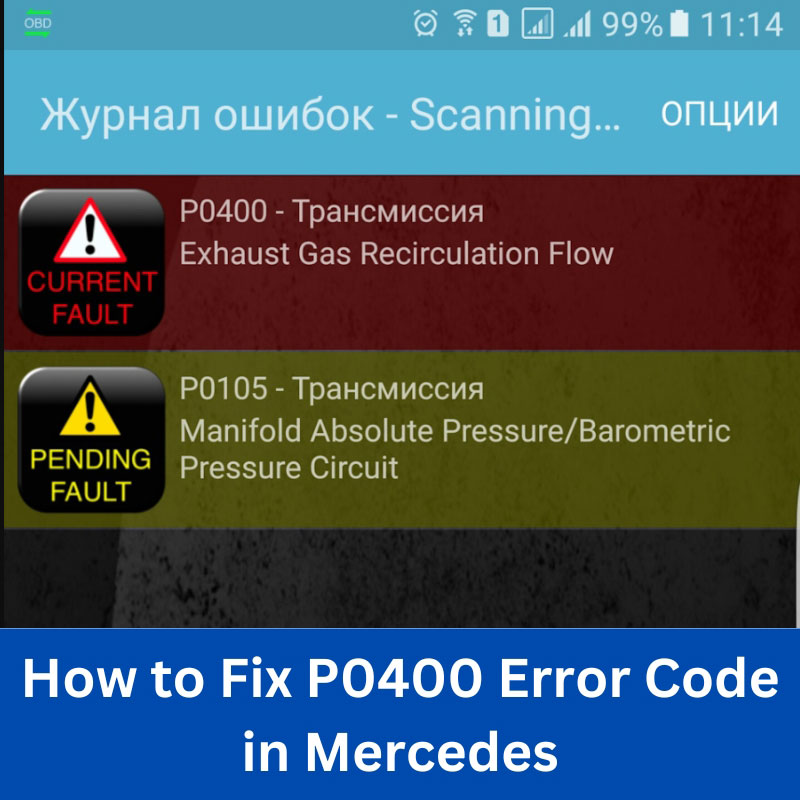
8 Steps to Fix Mercedes P0400 Code Like a Pro
Contents
- 1. What is the Mercedes P0400 Code?
- 2. Causes of the P0400 Code in a Mercedes
- 3. Common Symptoms of a Mercedes P0400 Code
- Related Mercedes Fault Codes to P0400
- 4. Tools Required to Diagnosing & Programming Mercedes P0400 Error Code
- 4. Diagnosing the Mercedes P0400 Code
- 5. How to Fix the P0400 Code in Mercedes
- 6. What Happens if You Ignore the Mercedes P0400 Code?
- 7. How to prevent the Mercedes P0400 DTC in the Future
- Conclusion
- Frequently Asked Questions (FAQs)
The dreaded Mercedes P0400 code. If your Mercedes is flashing this at you, it’s telling you something’s wrong with your Exhaust Gas Recirculation (EGR) system. But what exactly does that mean, and what can you do about it? This comprehensive guide will break down everything you need to know about the P0400 code in your Mercedes, from diagnosing the problem to exploring various solutions.
1. What is the Mercedes P0400 Code?
The appearance of the P0400 diagnostic trouble code (DTC) in your sophisticated Mercedes-Benz signifies a detected anomaly within its Exhaust Gas Recirculation (EGR) system, specifically indicating insufficient EGR flow.
This vital system plays a crucial role in diminishing harmful nitrogen oxide (NOx) emissions by intelligently redirecting a measured portion of the engine’s exhaust gases back into the combustion chambers. This recirculation process lowers the peak combustion temperature, thereby reducing the formation of NOx.
When the engine control unit (ECU) of your Mercedes identifies that the expected flow of exhaust gas through the EGR system is not being achieved, it illuminates the malfunction indicator lamp (MIL), commonly known as the check engine light, and stores the P0400 code in its memory.
This Mercedes P0400 error code serves as a signal that demands your attention to ensure the continued health and environmental compliance of your vehicle. Understanding the nuances of this Mercedes P0400 fault is the first step towards a successful resolution.
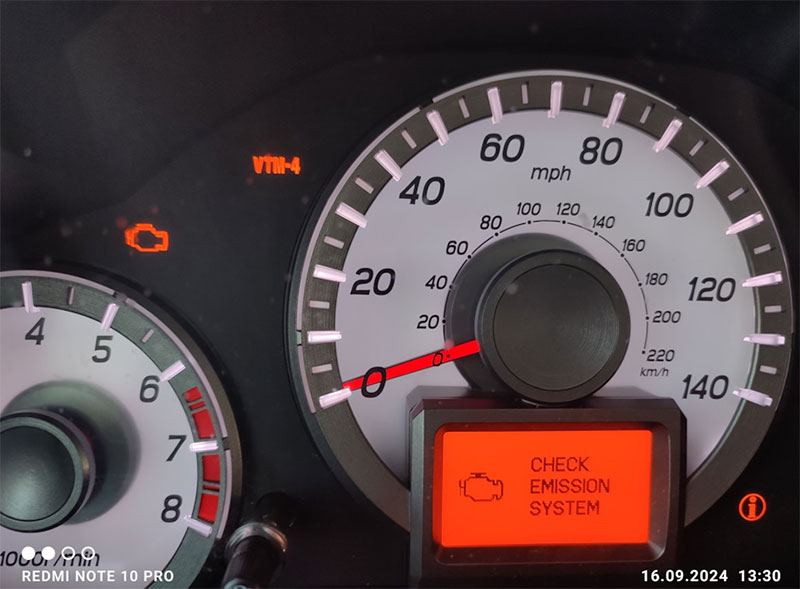
2. Causes of the P0400 Code in a Mercedes
Several issues can trigger the P0400 code in your Mercedes. Here are some of the most common culprits:
-
Clogged EGR Valve: This ranks as the most prevalent reason for the P0400 code. Over time, the passage of exhaust gases can lead to a significant buildup of carbon deposits and soot within the EGR valve assembly. This accumulation can impede the valve’s ability to open and close freely, thereby restricting or completely blocking the intended flow of exhaust gas. A restricted EGR valve directly leads to the insufficient flow detected by the ECU.
-
Malfunctioning EGR Solenoid: The EGR valve’s operation is often governed by a solenoid, which is an electromechanical device that responds to signals from the ECU. This solenoid controls the vacuum or electrical signals necessary to actuate the EGR valve. If the EGR solenoid becomes faulty due to electrical issues, mechanical failure, or contamination, it may fail to properly regulate the vacuum or electrical input to the valve, resulting in the valve not opening or closing as required.
-
Obstructed EGR Passages: Similar to the EGR valve itself, the intricate network of passages and tubes that carry the exhaust gases to and from the valve can also become clogged with carbonaceous deposits. These blockages restrict the free movement of exhaust gas, leading to a reduction in the overall EGR flow. Even if the valve is functioning correctly, an obstruction in the passages can still trigger the P0400 code.
-
Vacuum System Leaks: Many Mercedes models utilize a vacuum-operated EGR system. The proper functioning of the EGR valve relies on a consistent and adequate vacuum supply. Leaks in any part of the vacuum lines, hoses, or related components can diminish the vacuum available to the EGR valve actuator, preventing it from opening correctly. These vacuum leaks can arise from cracked or damaged hoses, loose connections, or a failing vacuum pump or modulator.
-
Electrical Wiring Problems: The electrical circuits connecting the ECU to the EGR solenoid and the EGR valve position sensor (if equipped) are crucial for proper communication and control. Damaged, corroded, or shorted wiring can disrupt the signals being sent to or received from these components. Such electrical issues can lead to the EGR valve not operating as commanded, or the ECU receiving incorrect feedback about the valve’s position or operation.
-
Defective DPFE Sensor: Some Mercedes vehicles are equipped with a Differential Pressure Feedback EGR (DPFE) sensor. This sensor plays a vital role in monitoring the actual flow of exhaust gas through the EGR system by measuring the pressure difference across an orifice in the EGR passages. The DPFE sensor sends this information back to the ECU. If the DPFE sensor malfunctions, it may provide inaccurate readings to the ECU, potentially leading to a false P0400 code even if the actual EGR flow is within the acceptable range.
-
Faulty Engine Coolant Temperature (ECT) Sensor: Although less direct, a malfunctioning ECT sensor can indirectly contribute to a P0400 code. The ECU uses the engine coolant temperature as one of the parameters to determine when and how much EGR should be active. If the ECT sensor provides an incorrect (usually low) temperature reading, the ECU might not command the EGR system to activate when it should, potentially leading to a perceived insufficient flow.
-
Issues with the Engine Control Unit (ECU): In rare instances, the P0400 code might be triggered due to a fault within the ECU itself. The ECU is responsible for controlling and monitoring the EGR system. If there is an internal problem with the ECU’s processing or output related to the EGR system, it could incorrectly diagnose an insufficient flow and set the P0400 code.
3. Common Symptoms of a Mercedes P0400 Code
While the illuminated check engine light is the primary indicator of a stored P0400 code, your Mercedes-Benz might exhibit other symptoms that can provide further clues about the underlying EGR system issue. Being aware of these signs can help you address the problem promptly. Here are some common symptoms associated with a Mercedes P0400 diagnosis:
-
Illuminated Check Engine Light: This is the most obvious symptom. The malfunction indicator lamp on your dashboard will light up to alert you that the ECU has detected a problem with the EGR system.
-
Rough Idling: An improperly functioning EGR system can disrupt the air-fuel mixture at idle, leading to a rough or unstable idle. You might notice the engine vibrating more than usual or the RPM fluctuating erratically when the vehicle is stationary.
-
Hesitation or Stuttering During Acceleration: If the EGR valve is stuck open or not operating correctly, it can introduce exhaust gas into the combustion chambers at inappropriate times, such as during acceleration. This can result in hesitation, stuttering, or a noticeable lack of power when you try to speed up.
-
Reduced Engine Power: In some cases, a significant EGR system malfunction can lead to an overall reduction in engine power and responsiveness. The engine might feel sluggish, and it might take longer to reach desired speeds.
-
Decreased Fuel Economy: A malfunctioning EGR system can negatively impact your Mercedes’ fuel efficiency. When the EGR system isn’t working correctly, the engine might compensate by using more fuel to maintain performance.
-
Failed Emissions Test: If your vehicle is due for an emissions test, a P0400 code and the underlying EGR issue will likely cause it to fail. The EGR system is crucial for reducing NOx emissions, and a malfunction will result in elevated pollutant levels.
-
Engine Knocking or Pinging: In certain situations, particularly if the EGR flow is excessively low or absent when it should be active, the combustion temperatures can rise, potentially leading to engine knocking or pinging, especially under load.
-
Unusual Engine Noise: While less common, a severely clogged or malfunctioning EGR valve might produce unusual noises, such as a hissing or clicking sound.
It’s important to note that the severity and presence of these symptoms can vary depending on the specific nature and extent of the EGR system problem. Some drivers might only notice the check engine light, while others might experience a combination of these issues. Regardless of the accompanying symptoms, the presence of a P0400 code warrants a thorough diagnosis to identify and resolve the underlying cause.
Related Mercedes Fault Codes to P0400
These codes are commonly logged alongside P0400 or point to components within the EGR system:
| Code | Description |
|---|---|
| P0401 | EGR Flow Insufficient Detected – Not enough exhaust gas recirculation |
| P0402 | EGR Flow Excessive Detected – Too much EGR flow |
| P0403 | EGR Control Circuit Malfunction – Electrical issue in control wiring |
| P0404 | EGR Position Sensor Circuit Range/Performance |
| P0405 | EGR Position Sensor Circuit Low |
| P0406 | EGR Position Sensor Circuit High |
| P1408 | EGR System Malfunction (Mercedes-specific variant) |
| P1401 | EGR Temperature Sensor Circuit High Input |
| P1404 | EGR Valve Stuck Open |
| P1410 | EGR Valve Position Sensor Circuit Fault |
| P2413 | EGR System Performance – Generic code found in many Mercedes diesel engines |
| P13XX codes (diesel engines) | Often logged if EGR affects combustion or pressure-related sensors |
| P0400 (Mercedes-specific) | May have a Mercedes sub-code like P0400-001 or P0400-008 to specify type of malfunction (blocked, slow response, stuck, etc.) |
=> You may also like:
4. Tools Required to Diagnosing & Programming Mercedes P0400 Error Code
Software:
- Xentry Openshell or Xentry Passthruu
Tools:
- Mercedes SD Connect C4 Doip or Xentry Diagnosis
4. Diagnosing the Mercedes P0400 Code
Accurately diagnosing the root cause of the Mercedes P0400 code requires a methodical and step-by-step approach. Here’s a guide to the diagnostic process:
-
Initial Visual Inspection: Begin by carefully inspecting the EGR valve, solenoid (if accessible), vacuum lines, and electrical connectors for any obvious signs of damage, such as cracks, leaks, loose connections, or corrosion. Look for excessive carbon buildup around the EGR valve.
-
Retrieving Diagnostic Trouble Codes: Use a professional-grade diagnostic scanner, such as the Mercedes-Benz specific Xentry Diagnosis system or a high-quality aftermarket scan tool, to confirm the presence of the P0400 code and check for any other related DTCs that might provide additional insights.
-
Live Data Monitoring: Employ the scan tool to monitor live data parameters related to the EGR system. This can include:
-
EGR valve position sensor readings (if equipped).
-
EGR duty cycle or command percentage.
-
Intake manifold absolute pressure (MAP).
-
Mass airflow (MAF) sensor readings.
-
Oxygen sensor readings.
-
Differential pressure across the EGR orifice (if a DPFE sensor is present).
Analyzing these real-time values can help determine if the EGR valve is being commanded to open and if the system is responding accordingly.
-
-
EGR Valve Functionality Test: Many diagnostic scanners have the capability to perform an EGR valve actuation test. This allows you to command the EGR valve to open and close while monitoring its response. This test can help identify if the valve is physically stuck or if the solenoid is not operating correctly.
-
Vacuum System Testing: For vacuum-operated EGR systems, a vacuum gauge and a hand-held vacuum pump are essential tools.
-
Check the vacuum supply to the EGR valve solenoid. Ensure that there is adequate vacuum available when the engine is running.
-
Test the EGR valve actuator by applying vacuum directly to it using the hand-held pump. The valve should move smoothly and hold vacuum. If it doesn’t, the valve diaphragm might be damaged.
-
Inspect all vacuum lines and connections for leaks. A vacuum leak tester or even spraying soapy water on the lines can help identify leaks.
-
-
EGR Solenoid Testing:
-
Check the solenoid’s electrical connections for proper voltage and ground.
-
Use a multimeter to measure the solenoid’s resistance. Compare the reading to the manufacturer’s specifications.
-
Apply power and ground directly to the solenoid to see if it actuates (clicks).
-
-
DPFE Sensor Testing (if applicable):
-
Check the sensor’s electrical connections.
-
Use a multimeter to measure the sensor’s voltage output at idle and under different engine conditions. Compare these readings to the expected values provided in the service manual.
-
Some advanced scan tools can perform specific tests on the DPFE sensor.
-
-
Inspection of EGR Passages: If other tests point to a flow restriction but the valve seems functional, it might be necessary to inspect the EGR passages for carbon buildup. This might involve removing the EGR valve and visually inspecting the ports in the intake and exhaust manifolds. Specialized cleaning tools might be required.
-
Wiring and Connector Inspection: Carefully examine the wiring harness and connectors associated with the EGR valve, solenoid, and any related sensors. Look for signs of damage, corrosion, or loose connections. Perform continuity tests on the wiring using a multimeter to check for open circuits or shorts.
By systematically performing these diagnostic steps, you can pinpoint the underlying cause of the Mercedes P0400 code and proceed with the appropriate repair. Remember to consult the specific service manual for your Mercedes-Benz model for detailed testing procedures and component specifications. For mechanics seeking to enhance their diagnostic capabilities, autoexplain.com offers a range of advanced diagnostic tools that can streamline this process and provide deeper insights into vehicle system operations.
5. How to Fix the P0400 Code in Mercedes
Once the precise cause of the Mercedes P0400 code has been identified through thorough diagnosis, it’s time to implement the necessary repairs. Here are the common solutions to address this EGR flow issue:
5.1. Cleaning the EGR Valve and Passages (General Procedure): If carbon buildup is the culprit, a meticulous cleaning of the EGR valve and the associated intake and exhaust passages can often resolve the P0400 code.
While specific procedures may vary slightly depending on your Mercedes model, here’s a general step-by-step guide to cleaning an EGR valve:
-
Gather Your Tools and Materials: You will need safety glasses, gloves, a socket set, wrenches, a flat-head screwdriver, EGR valve cleaner, a wire brush (non-metallic), rags or paper towels, and possibly a new EGR valve gasket.
-
Locate the EGR Valve: Consult your vehicle’s repair manual to identify the exact location of the EGR valve. It is typically mounted on or near the intake or exhaust manifold.
-
Disconnect Electrical Connectors and Vacuum Lines: Carefully disconnect any electrical connectors and vacuum lines attached to the EGR valve. Take photos or make notes of their connections to ensure correct reassembly.
-
Remove the EGR Valve: Using the appropriate sockets or wrenches, remove the bolts or nuts securing the EGR valve to the engine. Gently detach the valve.
-
Inspect the EGR Valve: Examine the valve for carbon buildup, paying close attention to the pintle (the moving part that controls flow) and the valve seat.
-
Apply EGR Valve Cleaner: Generously spray EGR valve cleaner onto the carbon deposits. Let it soak for the recommended time (usually a few minutes) to help loosen the buildup.
-
Scrub Away Carbon Deposits: Use a non-metallic wire brush or a soft scraper to gently scrub away the loosened carbon deposits. Be careful not to damage the valve components. Clean all accessible areas, including the pintle, valve seat, and any passages.
-
Wipe Clean: Use clean rags or paper towels to wipe away the remaining cleaner and loosened carbon. Repeat the cleaning process if necessary until all significant deposits are removed and the valve moves freely.
-
Clean Mounting Surfaces: Clean the mounting surfaces on both the EGR valve and the engine to ensure a good seal. Remove any old gasket material.
-
Reinstall the EGR Valve: Place a new EGR valve gasket (if recommended or if the old one is damaged) onto the mounting surface. Position the EGR valve and secure it with the bolts or nuts, tightening them to the manufacturer’s specified torque.
-
Reconnect Lines and Connectors: Reattach all electrical connectors and vacuum lines that were disconnected, ensuring they are firmly in place.
-
Clear Diagnostic Trouble Codes: Use a diagnostic scanner to clear the P0400 code from the ECU’s memory.
-
Test Drive: Start the engine and take the vehicle for a test drive to see if the check engine light remains off and if any of the previous symptoms have disappeared.
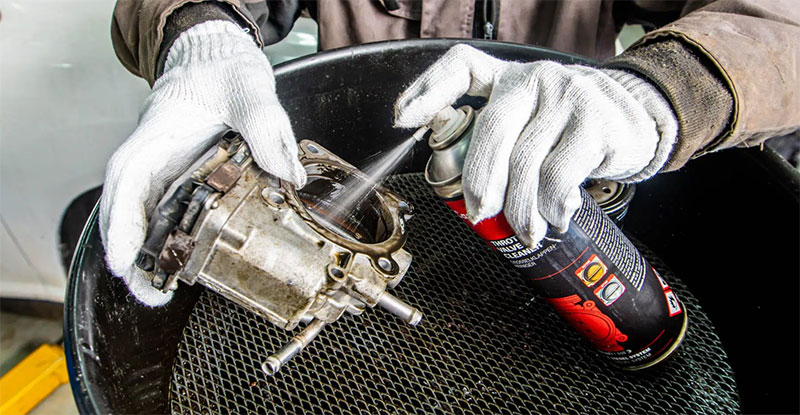
5.2. Replacing the EGR Valve: If the EGR valve is found to be faulty due to mechanical damage, a malfunctioning actuator, or if cleaning does not restore its proper function, replacing it with a new, genuine Mercedes-Benz or a high-quality OEM equivalent is the recommended course of action.
5.3. Replacing the EGR Solenoid: If the EGR solenoid fails to operate correctly after testing, it will need to be replaced. Ensure that the new solenoid is compatible with your vehicle’s EGR system.
5.4. Repairing Vacuum Leaks: If vacuum leaks are detected, all damaged or leaking vacuum lines and hoses should be replaced. Ensure that all connections are secure. If a faulty vacuum pump or modulator is identified, it will also need to be replaced.
5.5. Repairing Wiring Issues: Any damaged, corroded, or shorted wiring in the EGR system’s electrical circuits must be repaired or replaced. Ensure proper connections and insulation to prevent future problems.
5.6. Replacing the DPFE Sensor: If the DPFE sensor is diagnosed as faulty, replacing it with a new sensor is necessary to ensure accurate monitoring of EGR flow.
5.7. Addressing ECT Sensor Issues: If a malfunctioning engine coolant temperature sensor is suspected of indirectly contributing to the P0400 code, it should be tested and replaced if found to be out of specification.
5.8. ECU Repair or Replacement (Rare): In the rare event that the P0400 code is attributed to a fault within the ECU, the ECU might need to be reprogrammed, repaired, or replaced. This type of repair typically requires specialized diagnostic equipment and expertise.
If you still need some help, contact us via Whatsapp: +1(936)2896695, email [email protected] . We have a 24/7 customer service team to support you.
6. What Happens if You Ignore the Mercedes P0400 Code?
Ignoring the P0400 code can lead to further problems, including:
- Increased Emissions: The EGR system plays a vital role in reducing emissions. A malfunctioning system can lead to higher levels of pollutants.
- Reduced Fuel Economy: A poorly functioning EGR system can negatively impact fuel efficiency.
- Engine Performance Issues: You might experience rough idling, hesitation, or loss of power.
- Catalyst Damage: Over time, excessive emissions can damage the catalytic converter, leading to costly repairs.
7. How to prevent the Mercedes P0400 DTC in the Future
Regular maintenance can help prevent the P0400 code from recurring. This includes:
- Regularly cleaning the EGR valve: This is a simple yet effective preventative measure.
- Using quality fuel: Using high-quality fuel can help reduce carbon buildup.
- Ensuring proper engine maintenance: Regular oil changes and tune-ups can contribute to a healthy EGR system.
Conclusion
The P0400 code in your Mercedes signals a problem with your EGR system. While it might seem daunting, understanding the potential causes and solutions can empower you to address the issue effectively. By following the diagnostic and repair tips outlined in this guide, you can get your Mercedes back on the road and running smoothly. Don’t let the P0400 code slow you down – take action today!
Contact AutoExplain via Whatsapp: +1(936)2896695 if you need video tutorials or online support from our skilled automotive technicians
Frequently Asked Questions (FAQs)
- Can I drive my Mercedes with a P0400 code? Yes, you can usually drive with a P0400 code, but it’s best to address the issue as soon as possible to prevent further problems.
- How much does it cost to fix a P0400 code? The cost of repair varies depending on the underlying cause. A simple cleaning might be relatively inexpensive, while replacing the EGR valve or other components can be more costly.
- How long does it take to fix a P0400 code? The repair time depends on the specific issue and the mechanic’s workload. It could range from a few hours to a full day.
- Is the P0400 code the same for all Mercedes models? Yes, the P0400 code generally refers to the same issue across different Mercedes models. However, the specific diagnostic procedures and repair solutions might vary slightly.
- Can I fix the Mercedes P0400 code myself? If you have some mechanical experience, you might be able to clean the EGR valve yourself. However, more complex repairs are best left to a qualified mechanic.
- What tools do I need to diagnose a P0400 code? You’ll need a diagnostic scanner to read the code and monitor the EGR system’s operation. Other tools might be required depending on the specific diagnosis and repair.
- What other codes are related to the EGR system? Other EGR-related codes include P0401, P0402, P0403, P0404, P0405, and P0406. These codes indicate different specific problems within the EGR system.

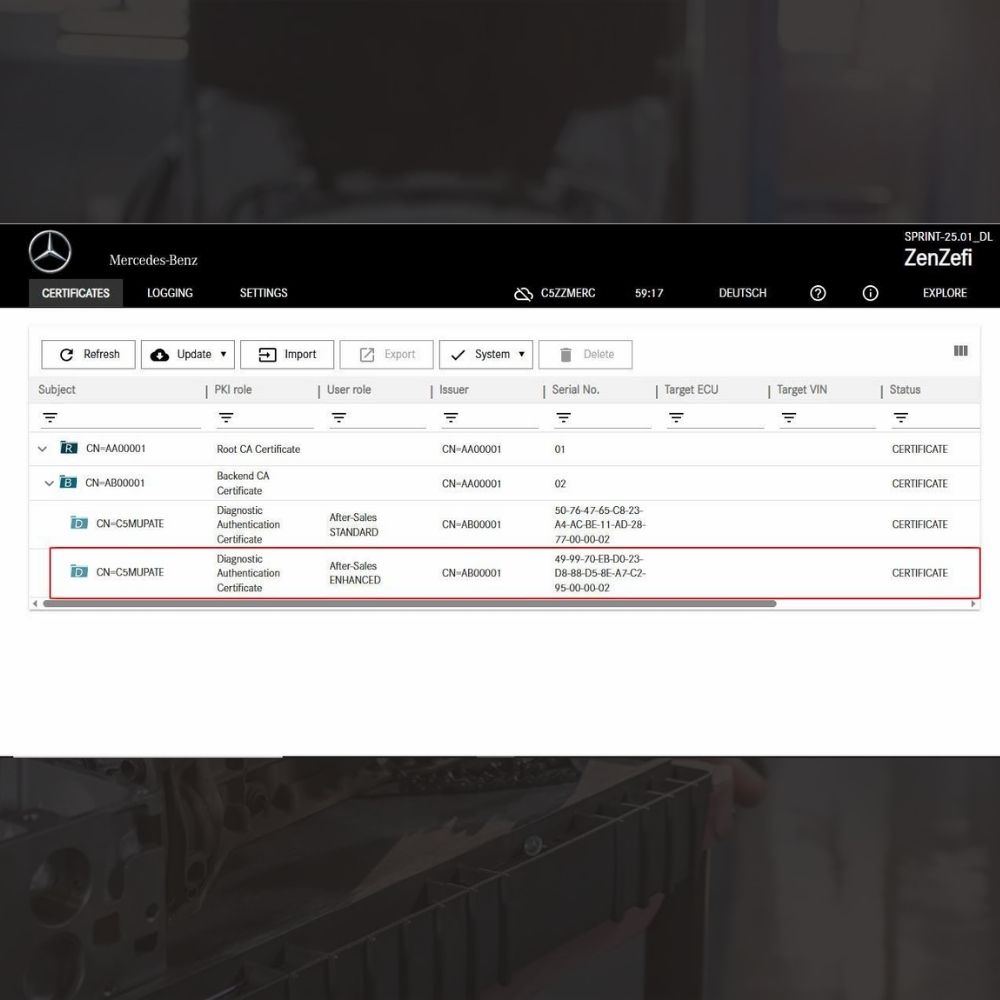
New Mercedes Car Coding Solution with ZenZefi certificate for DTS Monaco 9.02
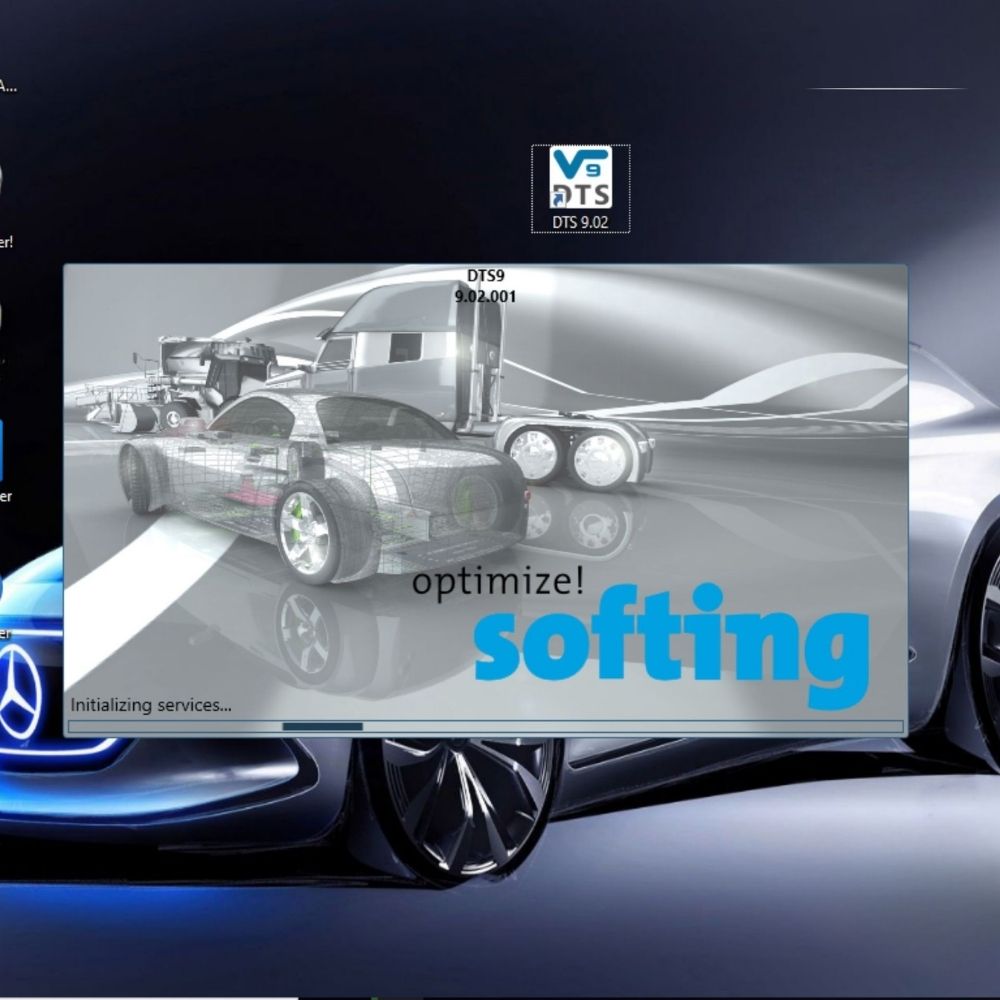
What is DTS Monaco? Key Functions of DTS Monaco Software
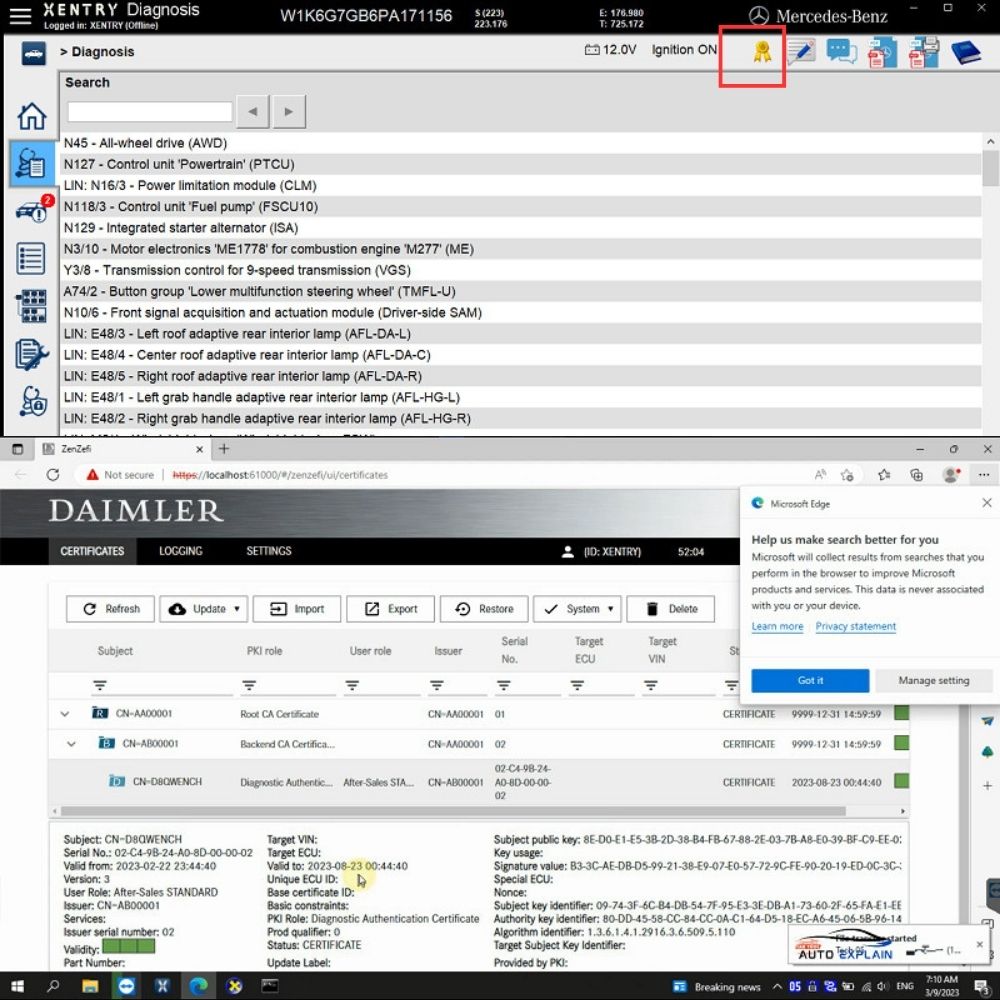
What is the Xentry Certificate Zenzefi? Why You Need It, and When It Is Required?



New Mercedes Car Coding Solution with ZenZefi certificate for DTS Monaco 9.02



